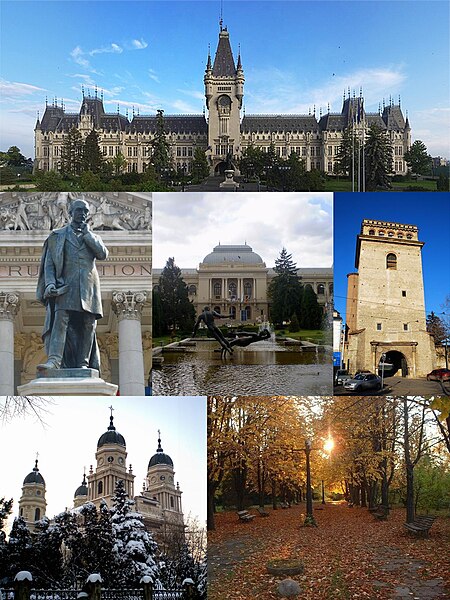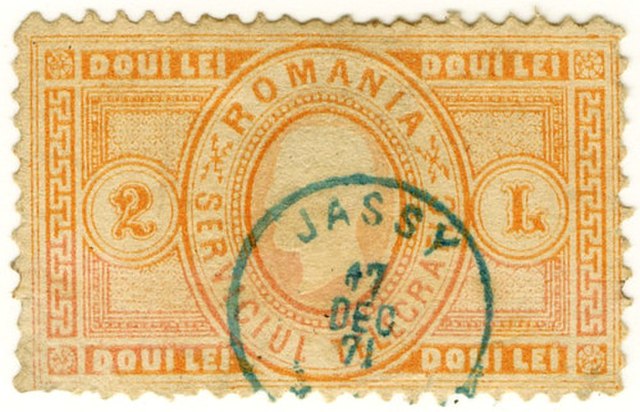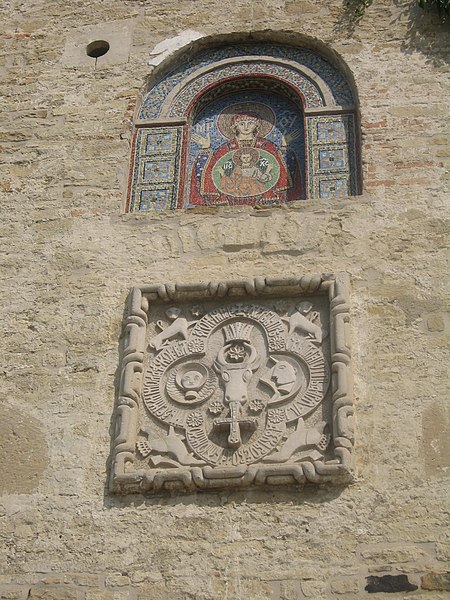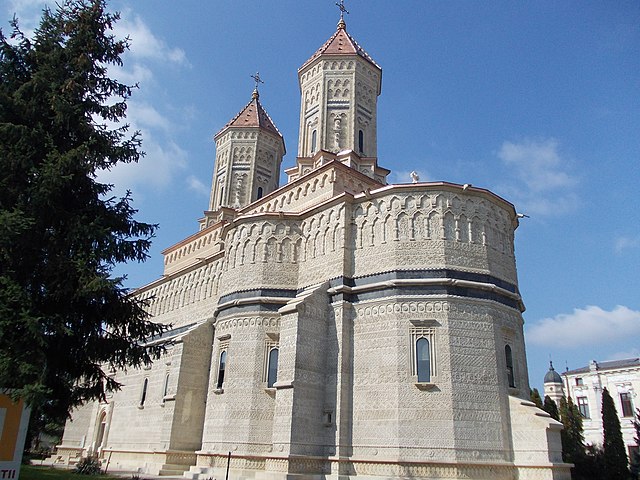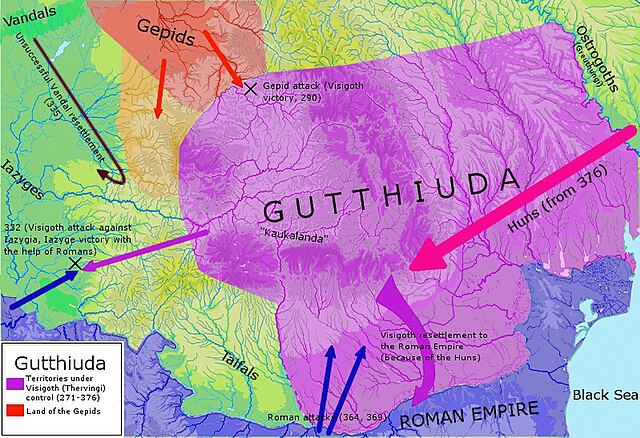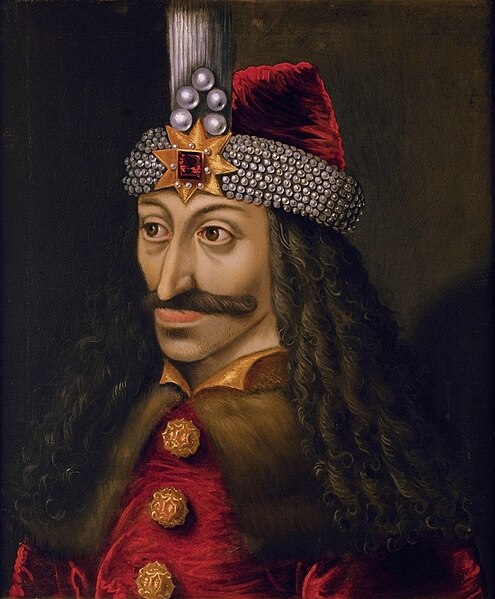Iași, also referred to mostly historically as Jassy, is the third largest city in Romania and the seat of Iași County. Located in the historical region of Moldavia, it has traditionally been one of the leading centres of Romanian social, cultural, academic and artistic life. The city was the capital of the Principality of Moldavia from 1564 to 1859, then of the United Principalities from 1859 to 1862, and the capital of Romania from 1916 to 1918.
From top left: Palace of Culture • Vasile Alecsandri Statue in front of the National Theatre • Alexandru Ioan Cuza University • Golia Tower • Metropolitan Cathedral • Botanical Garden
An 1871 Romanian telegraph stamp, using the historic name of Jassy
Coat of arms of the Principality of Moldavia at Cetățuia Monastery
Trei Ierarhi Monastery (1639)
Romania is a country located at the crossroads of Central, Eastern and Southeastern Europe. It borders Ukraine to the north and east, Hungary to the west, Serbia to the southwest, Bulgaria to the south, Moldova to the east, and the Black Sea to the southeast. It has a predominantly continental climate, and an area of 238,397 km2 (92,046 sq mi) with a population of 19 million people (2023). Romania is the twelfth-largest country in Europe and the sixth-most populous member state of the European Union. Its capital and largest city is Bucharest, followed by Cluj-Napoca, Iași, Timișoara, Constanța, Craiova, Brașov, and Galați.
Three Chalcolithic ceramic vessels (from left to right): a bowl on stand, a vessel on stand and an amphora, ca. 4300–4000 BC; from Scânteia, Romania and displayed at the Moldavia National Museum Complex
Ruins of sanctuaries at Sarmizegetusa Regia (Dacia's capital during the reigns of Burebista and Decebalus)
Gutthiuda, or the land of the Gothic-speaking Thervingi, and the neighbouring tribes (370s AD)
Vlad III of Wallachia (also known as Vlad the Impaler), medieval ruler of Wallachia

